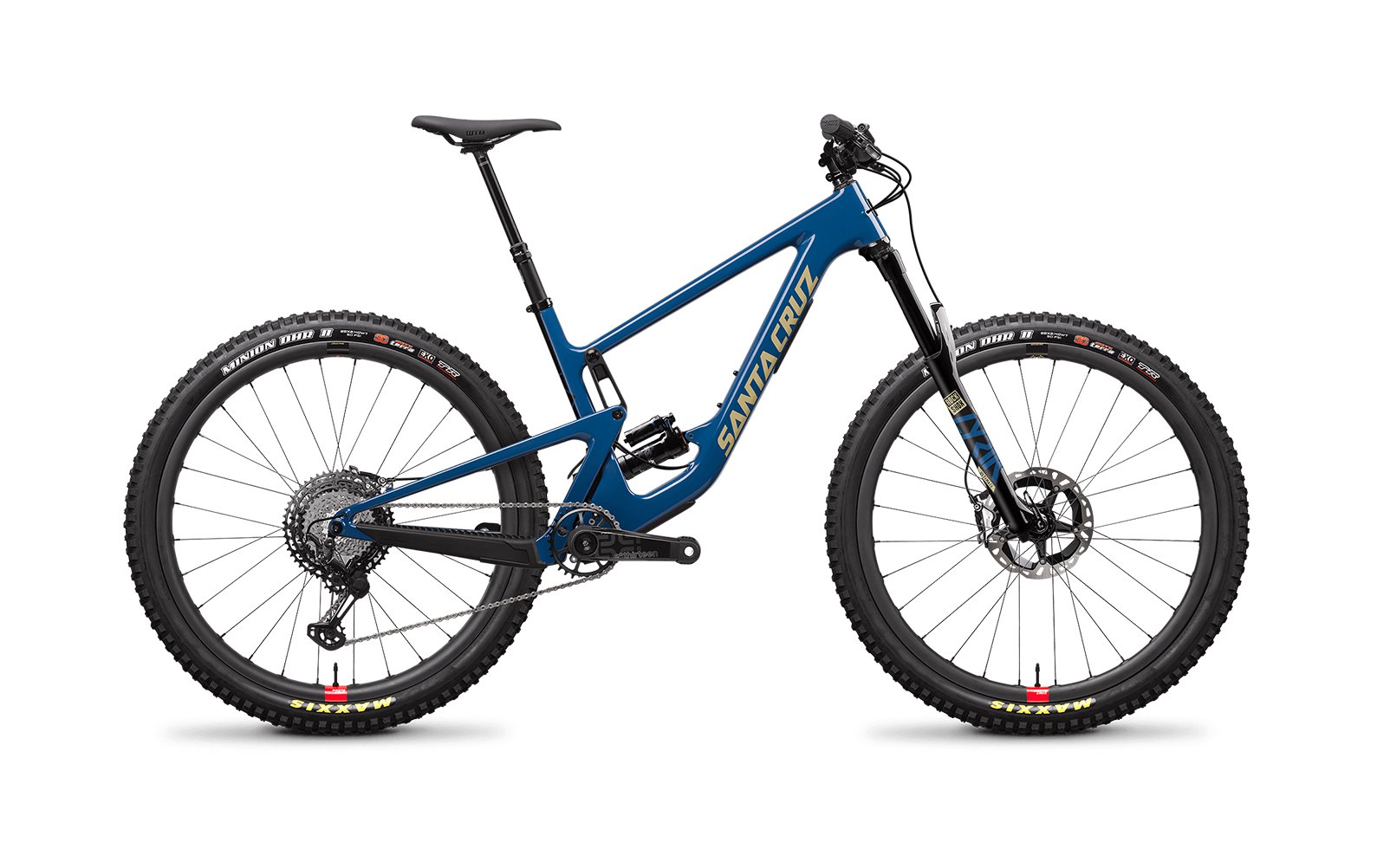
Birth of the New Santa Cruz Hightower
Interview: 2020 Hightower Lead Engineer Eamon Briggs
"Occupation?"
"Bicycle mechanic."
*Burst of barely muffled laughter* Sorry, you're what?"
This exchange took place at a car hire firm in Cambridge in 1985. I certainly wasn't ashamed of my occupation, but I was nonetheless insulted enough to carry some anger out the door with the keys to a right hand drive 4-spd Ford Escort. Which makes me wonder if revealing the occupation of Lead Engineer at a bicycle firm in that era could have inspired a Monte Python skit.
There are many cool gigs you can have as an engineer in our time but I can't think of many that beat out being Lead Engineer on the newest model from Santa Cruz Bikes. I personally imagine a lot of testing in the field, or at the Whistler Bike Park, but it's pretty clear there is a lot of number crunching and 3D modelling that has to take place first.
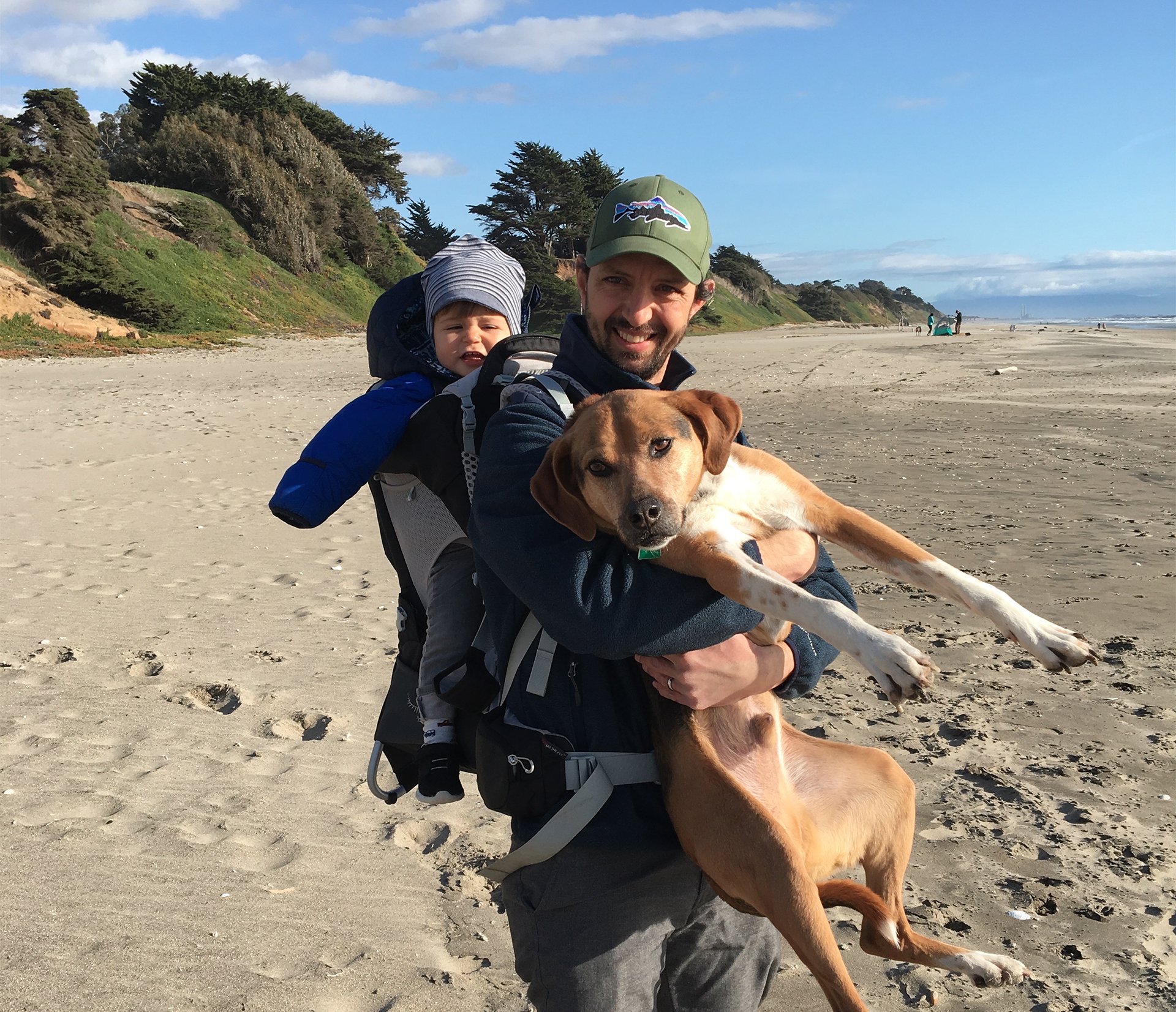
Eamon Briggs getting some family time. Apparently he's a little camera shy when he's in the saddle.
I haven't met Eamon Briggs but I'm familiar with his work. Recently he's been responsible for the alchemy that turns carbon into aluminum. Santa Cruz currently builds the carbon production frames first and then Eamon has had the job of figuring out the tooling and other elements to make them out of metal. He was also lead engineer on the recent Blur before taking on the reincarnation of the much-loved Hightower. Despite having a sick toddler at home, Eamon found the time to respond to my emailed-questions and give us some insight into how the 2020HT came to be.
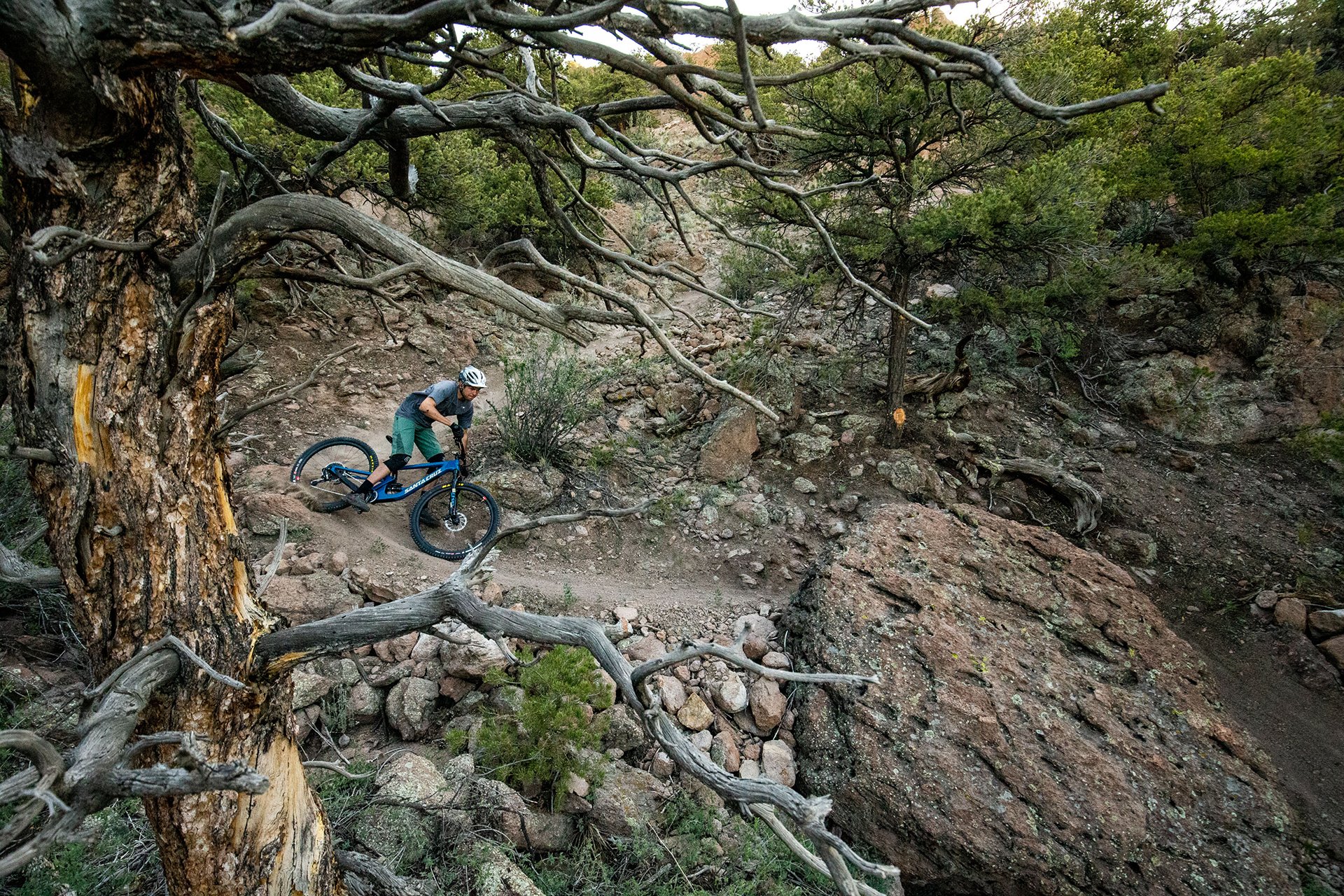
Such a rad shot! Colton Peterson riding the new Hightower near Salida CO. Photo - Adrian Marcoux
NSMB - Please tell us how and when and where did you become a mountain biker?
Eamon Briggs - I started mountain biking in the early 90s (in High School). I was much more of a skier back then and had a ski racing injury (ACL), and riding was something I could do for rehab.
NSMB - Do you remember your first mountain bike?
Eamon Briggs - Yellow Giant ATX 760
NSMB - What about the last mountain bike you owned that wasn't a Santa Cruz?
Eamon Briggs - I had a Yeti ASR-5 and a steel hard tail 29er, which I still have but it’s now a commuter.
Can you tell me how you came to be working at Santa Cruz Bikes and how long you've been there?
I was working at Bell on mountain bike helmets, and needed a change. I looked mostly on the West Coast, but out of the blue this job came up and I got lucky! I started here about 3 ½ years ago
What's the best thing about your job?
Tough one, it’s a really good job… There is a lot of pride within this company in our product and brand, and that makes for a great atmosphere. Plus it doesn’t hurt to work on super fun toys.
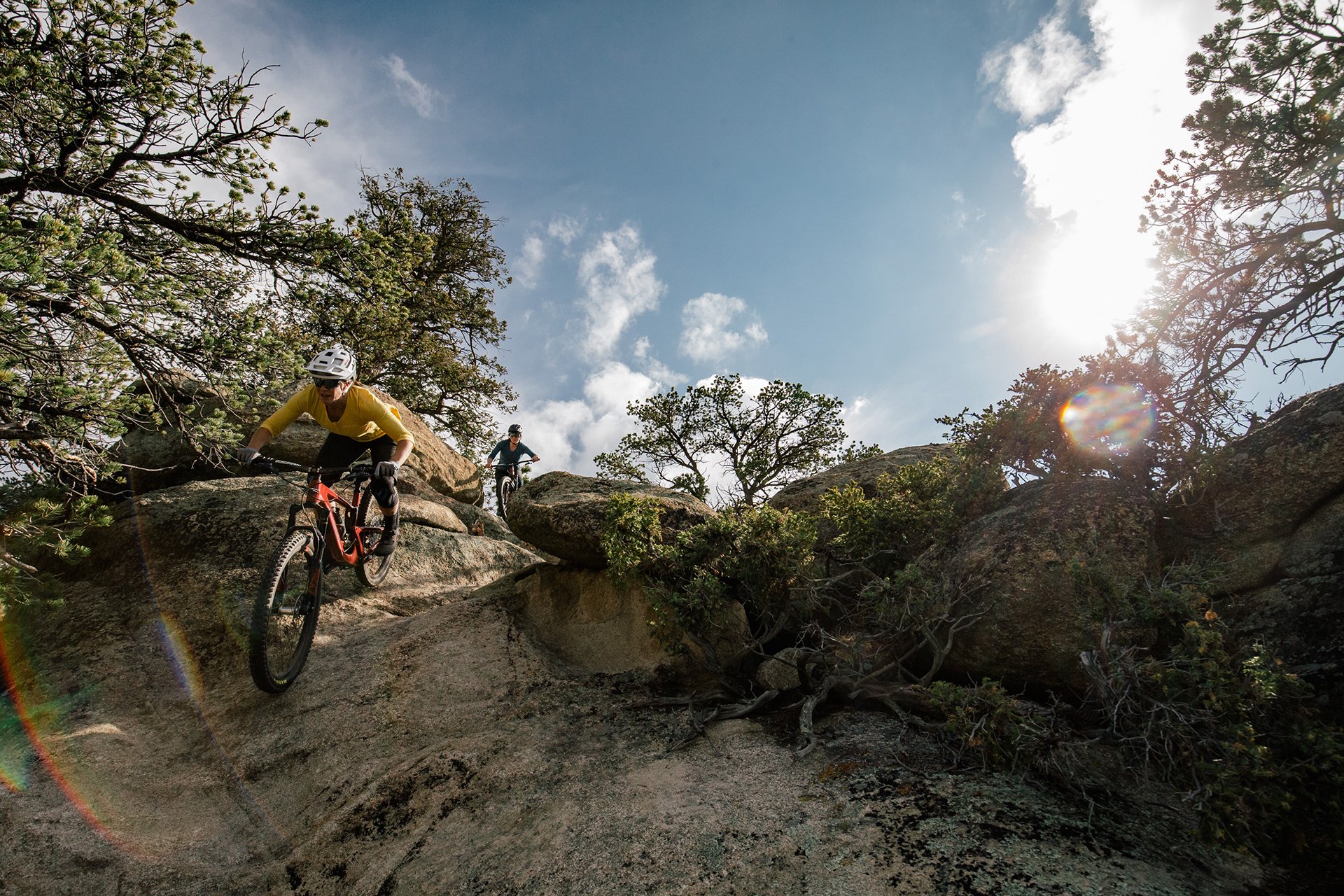
Alex Pavon followed by Britt Phelan in Buena Vista, Colorado, both riding the 2020 Juliana Maverick. Photo: Adrian Marcoux
What are some things that are lower on the list?
(None of these are “low”) Riding bikes for work, the people, living in SC.
Bikes on the edges of the spectrum are often more easily defined and categorized. The new Hightower is definitely a tweener considering its travel and angles. In some ways it leans toward enduro capability and in other ways it seems to want to be a trail bike. How would you describe the bike both from your experience on it and the goals for the project.
As you say, this bike was never intended to fit into a single category. The project goals were more focused on making a capable and versatile mid travel 29er. I prefer to think of this as a bike that can be ridden almost anywhere. I think the geo is really easy to come to terms with and makes for a bike that can feel at home in many situations.
Who would be an ideal rider and what would you imagine for ideal terrain?
Just like this bike isn’t focused on a specific type of riding, it can work for a really wide range of riders. Having said this, I think the “ideal” rider would be fairly strong and aggressive. The suspension does reward aggressive riding, and the handling is super intuitive, so this rider would be looking for the right bike for multi hour adventures covering a lot of different natural terrain as opposed to riding park or hammering XC laps.
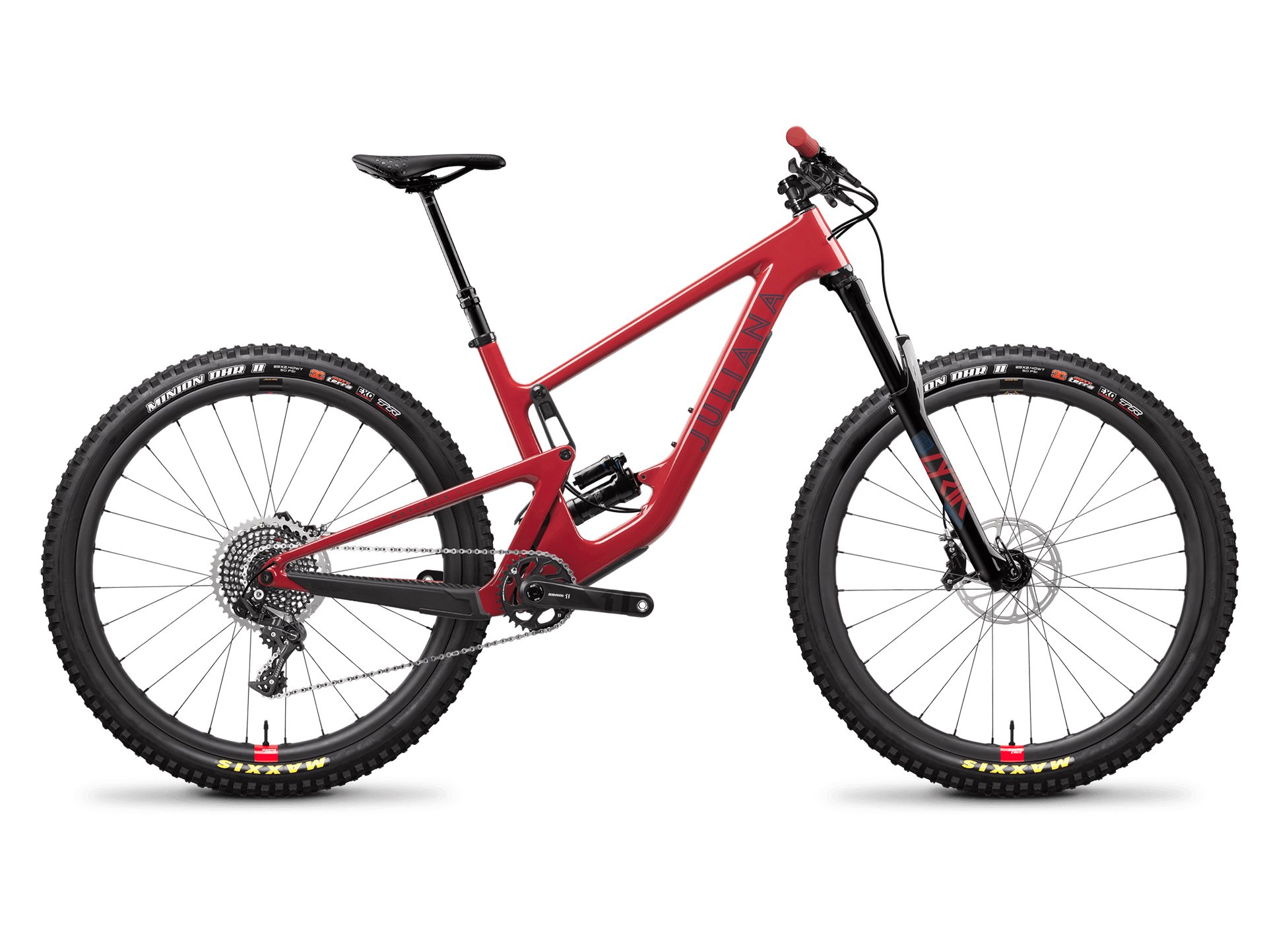
There are three trim levels for the Juliana Maverick; The XO1 Carbon CC - 7099 USD (shown here), and the S and R Carbon C which are 3299 and 4299 USD respectively.
When we rode the 5010 and Bronson before launch the party line was that the V10-style lower link-driven configuration wasn't suitable for shorter travel bikes. How has that evolved since then?
This architecture has evolved through a lot of iteration. We originally looked at a LL bike as a way to add support and small bump sensitivity to a longer travel bike, and once we tuned the progression for shorter travel we have been really surprised how well this linkage works for shorter travel.
What does the V10 architecture allow you to do that was more challenging with the previous setup?
We can keep the slope of the curve nearly constant, which matches the shock progression well and keeps the bike supportive in the mid stroke.
To me the Bronson rewards all out speed while the HT gives more feedback across a wider range of speeds and levels of aggressiveness.
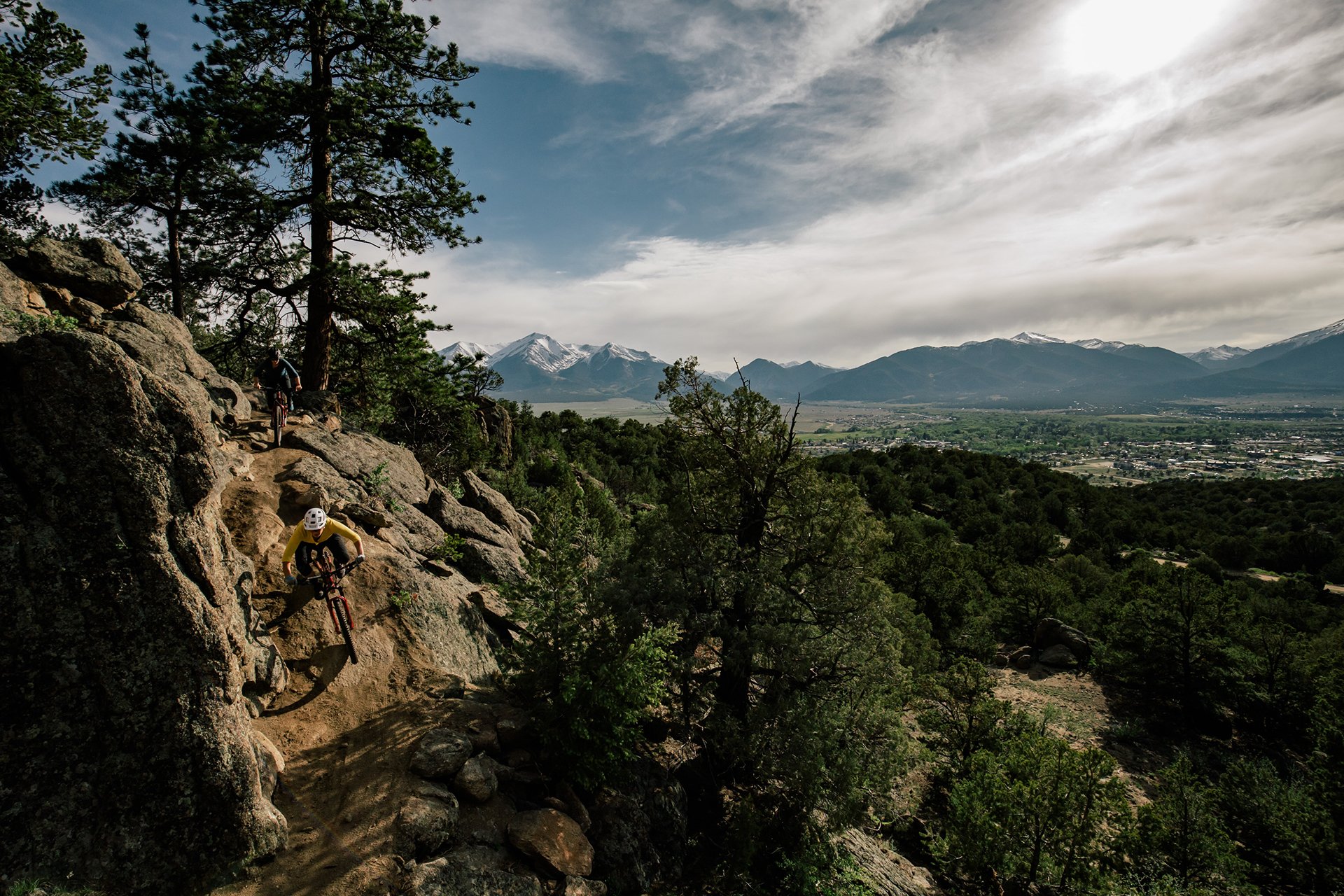
Alex Pavon again followed by Britt Phelan in Buena Vista, Colorado. Photo: Adrian Marcoux
Unlike some previous versions, plus compatibility seems like it wasn't a huge priority here. Is that accurate? Has the demand for 27+ dropped off?
I’m not as in tune with demand as Josh, but my sense is yes the 27+ is not quite as popular as a couple of years ago. That said, we still support this on the Hightower.
What are your personal feelings about Plus tires?
I don’t ride them. I really like the 29 x 2.4, so I don’t feel the need to switch it up.
Have you ridden it with plus tires? If so what size?
Yes, only briefly, 27 x 2.8
What are the tire size limitations in both 29 and 27?
29 x 2.4 and 27 x 2.8
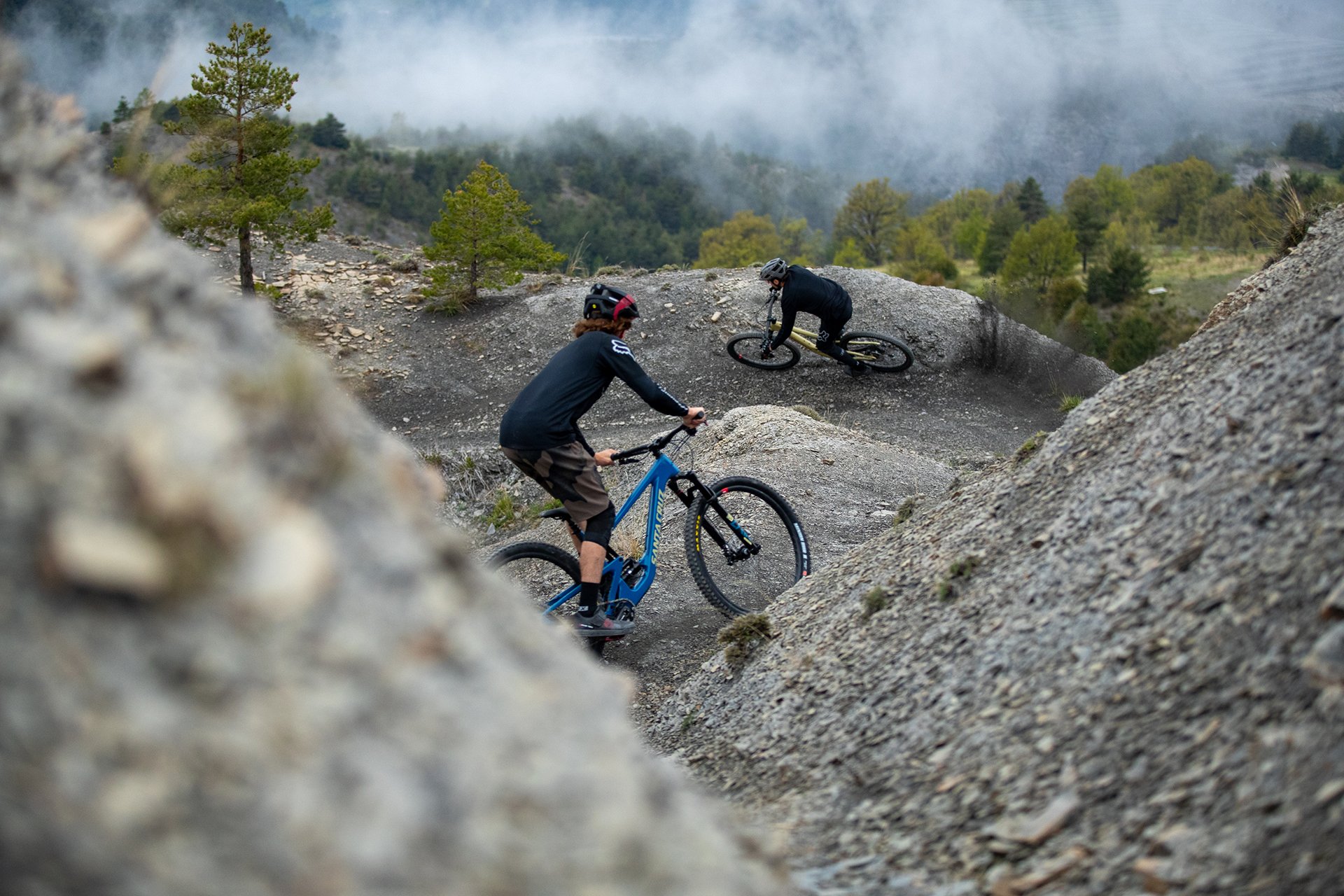
Jerome Caroli chasing Romain Paulhan in Guillames, France. Photo - Gary Perkin
The Megatower has 160 on both ends. How was the decision made to design this 140mm travel frame around a 150mm fork?
This is really a case by case thing that we figure out through riding. We find that the mid stroke support of the LL bikes can work well with slightly longer forks in some cases, and this bike turned out to be a really good candidate for this type of build.
Do you think the new HT is suitable for over-forking – say to 160mm of travel?
We actually mention this on our website as a way to build out a plus bike. It can be done, but in the 29 configuration I think there is no need.
With the new Hightower you are sort of replacing two bikes with one – the HT and the HTLT – was it a challenge to determine the travel numbers or did the Megatower make it easy to slot this in?
It was pretty easy to slot it in. With the Megatower in the line it is easy to differentiate between these two bikes and the style of riding.
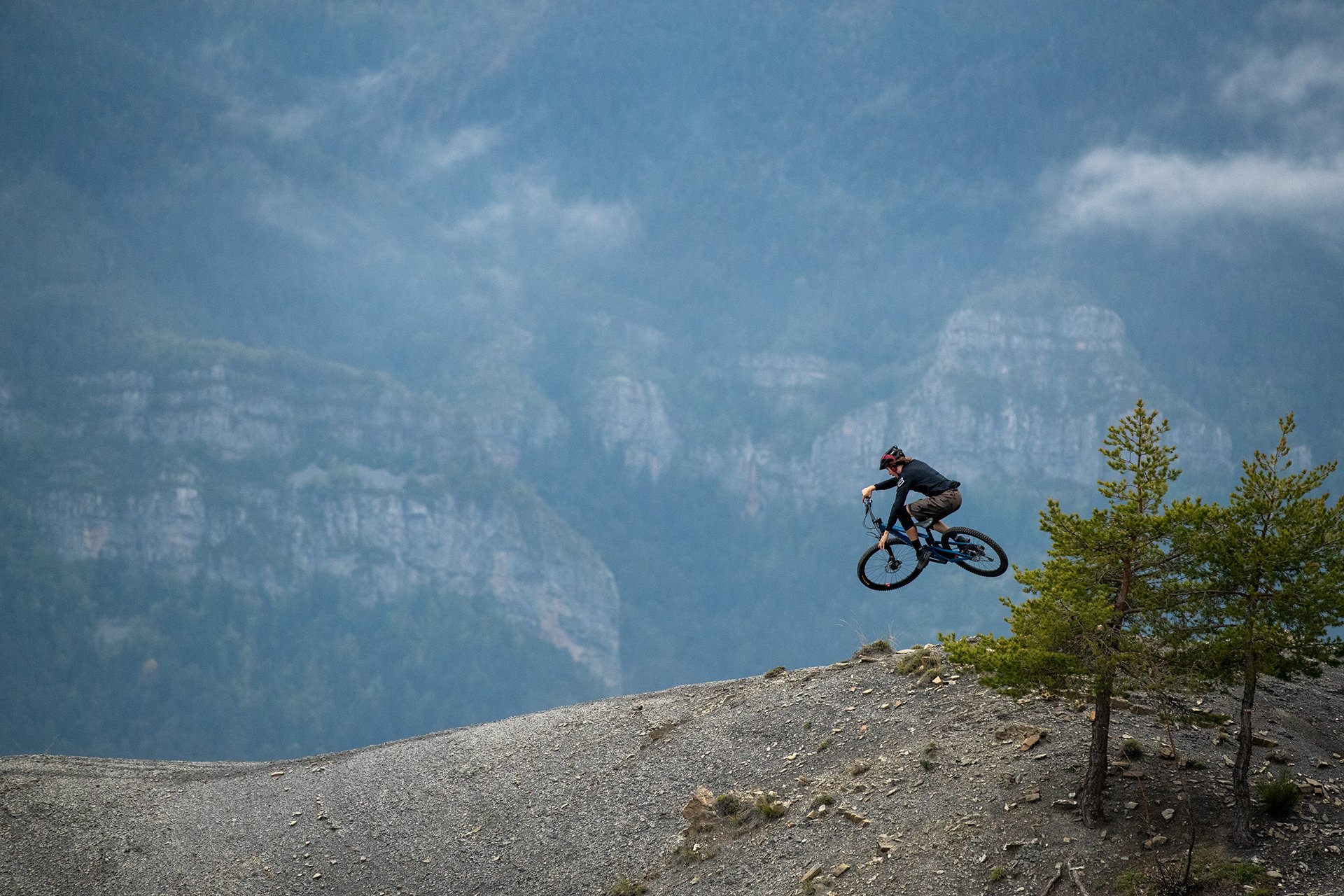
Rider: Jerome Caroli. Photo: Gary Perkin
What are your favourite things about the way the bike rides?
I love the geo. To me this bike just feels super well balanced and natural the moment I start riding, and this really comes through in the steering.
Do you ride it in the low or high setting normally? Or if you switch it up can you tell me how you decide when to do that?
Low. My main criteria to switch to Hi is pedal strikes.
How would you compare it to the Bronson?
To me the Bronson rewards all out speed while the HT gives more feedback across a wider range of speeds and levels of aggressiveness.
The first iteration of the new Bronson was very supportive in the mid stroke, which some people enjoyed (me for example) but others felt was too much. How does the HT compare in that regard?
The HT is also designed to be supportive in the mid stroke, but the HT curve is really more similar to the Megatower
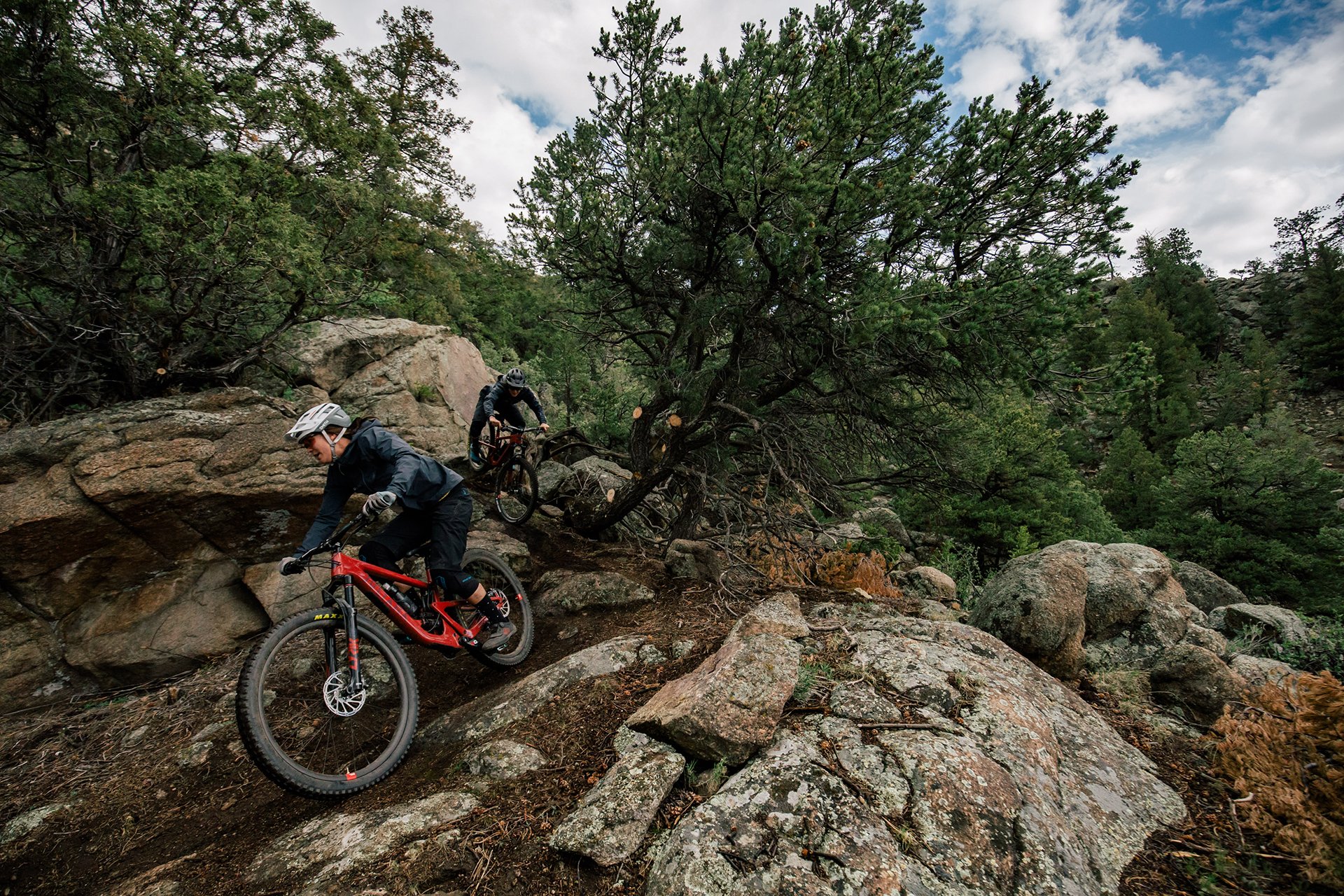
Mountain weather changes quickly. Alex and Britt seen here bundled up. Photo: Adrian Marcoux
How would you describe the leverage curve?
It has a bit less progression than the Megatower, and has a really consistent slope throughout the curve.
And what about anti-squat characteristics?
The bike has a moderate amount of anti-squat. This was done to try to make the bike engage well while pedalling
How much compromise between pedalling and descending did the design require and how did you decide on the balance?
Very little. Between the leverage curve, anti-squat and geo we were able to find solutions that worked pretty well in both situations.
How about the original Hightower?
It’s such a different animal in terms of suspension layout and geo. The new HT was really a ground up new design.
What would you say is a situation where the HT will shine but a Megatower would struggle?
I don’t think it’s that black and white. But I personally would choose a HT for days with a ton of variety and plenty of climbing. I think because the HT is really well rounded it can handle slow, tight sections of trail (climbing or descending) through to faster, wide open stuff. I think the MT is tuned a bit more for the more aggressive steeper and/or faster side of riding.
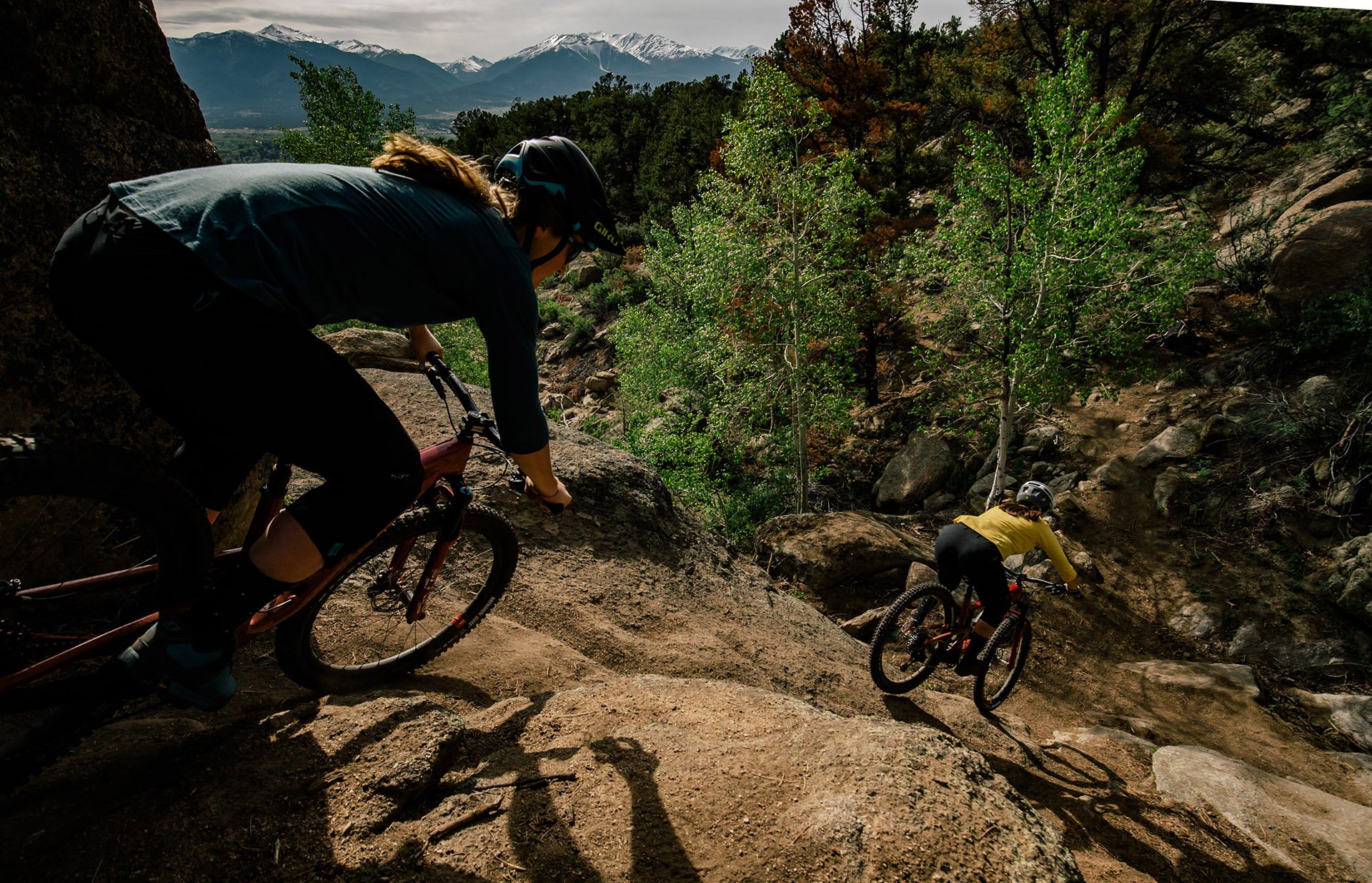
The Maverick and the Hightower are ready for the steeps. Photo: Adrian Marcoux
Will we see an aluminum version? If so when?
Ye. The aluminum version is scheduled to be available in late August. It takes a little longer to get those in production due to the extensive tooling.
Can you give me an idea of the various stages in the development process from the first meetings to the first production samples?
Early meetings and mechanical work are focused on layout and determining geo with the goal of getting a good leverage rate and anti-squat to test in our mule(s). This is the stage where we discuss whether/how to change any of the geo numbers and also the desired amount of progression, or other characteristics of the kinematic. The mechanical engineer will then work toward designing and building the mule. In some cases we will iterate the mule through changes to modular parts, or if the project is testing a new concept we may decide we need multiple mules. At the same time our ID team will be working on the aesthetic direction.
As we refine the mule(s) and know we are closing in on a layout the engineer will begin surfacing the front triangle and swing arm. For an aluminum bike this stage is about tube and forged part design with the goal of sharing parts across sizes. For a composite bike this isn't a concern and this stage is really about working the ID direction into a functional design.
Toward the end of the mechanical design stage we will get manufacturing feedback and make necessary changes. Once the front triangle and swing arm CAD files are approved we will release these to production and open tooling. Aluminum frame tooling can take quite a long time, and involves discrete tools for each tube and forged part, as well as welding and alignment fixtures. Composite frame tooling requires less time, and once this is complete we will work to optimize the layup for strength, stiffness and weight. Sampling will begin once all tooling is complete, and we will use samples for lab testing, ride testing, sample builds, and graphics samples. Once we pass all tests and run sample builds with all the reasonable parts we will approve the frame for first mass production.
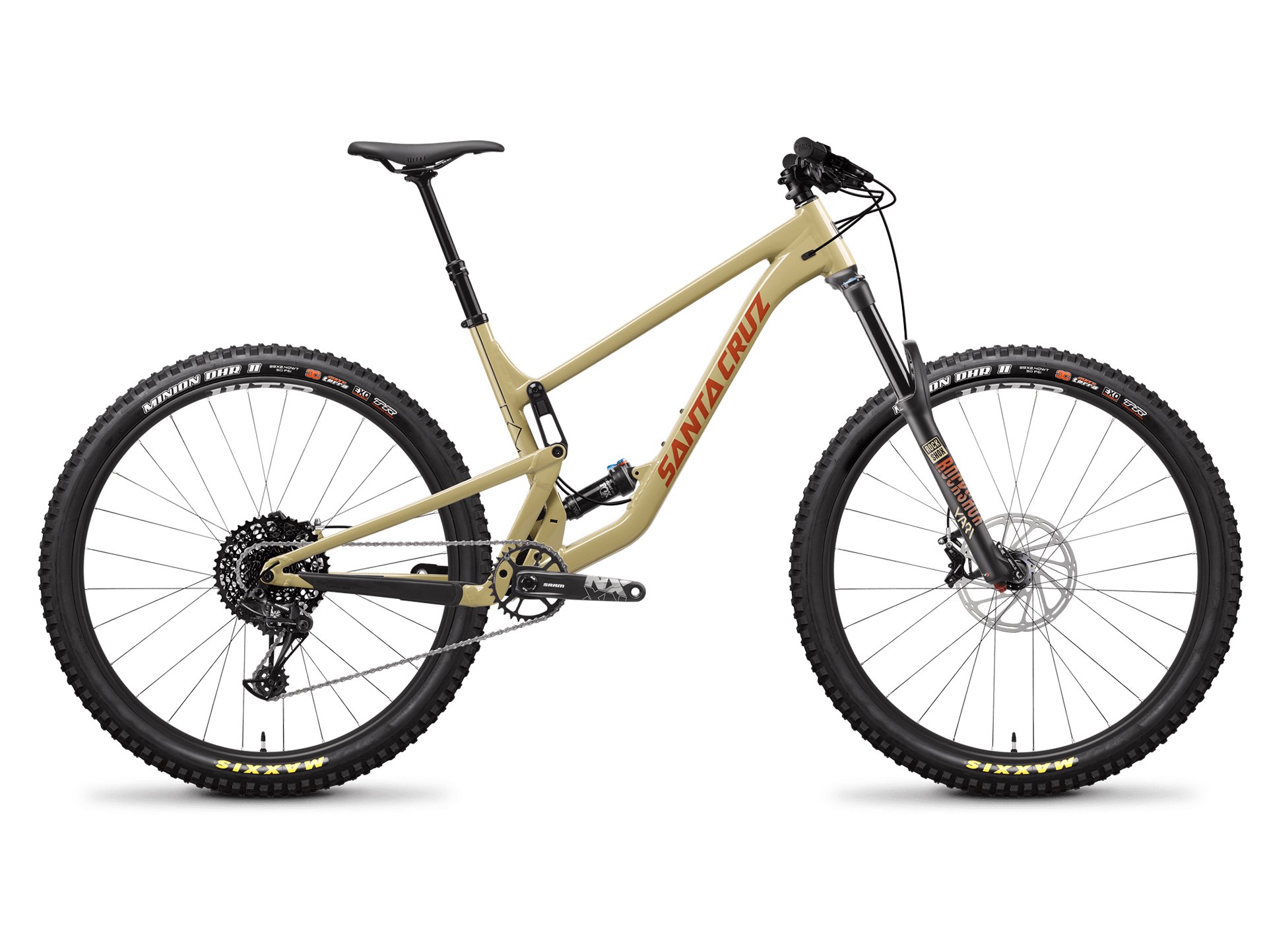
Aluminum models, which will be available in August, start at 2899 USD. The AL - R model pictured here is 3299 USD.
Does Santa Cruz still use aluminum mules built in your US facility?
Yes, this is a crucial part of each project and we work hard to make our mules as refined as possible.
What are some of the differences between the engineering and production ramp up between carbon and aluminum frames for the same platform?
Aluminum frames are the sum of a lot of individual parts and need to be designed with this in mind. This requires a lot of focus on designing the tubes and forged parts to be used across sizes. We also must pay close attention to the placement of miters and welds to work within the aesthetic direction while also meeting the strength and fatigue requirements. Cable routing also presents some unique challenges on aluminum bikes in terms of designing around the final assembly of the bike.
Carbon bikes give more freedom in terms of the form of the bike, and really optimizing the packaging and frame clearances while dialing in the surfacing of the frame is the main challenge.
The basic steps of production ramp up are similar (first sample review, destructive testing, ride testing, graphics work, etc). In my experience the main differences are that for a carbon frame quite a bit of work is put into optimizing the layup based on strength and stiffness testing, while on an aluminum frame most of the production ramp up work is focused on stabilizing all of the processes (welding, heat treat, alignment, machining).
Which one process is more challenging or involved from design, engineering and production planning perspectives?
Each has their own challenges, but I find overall an aluminum project to be a bit more challenging because of the greater number of parts and processes to juggle.
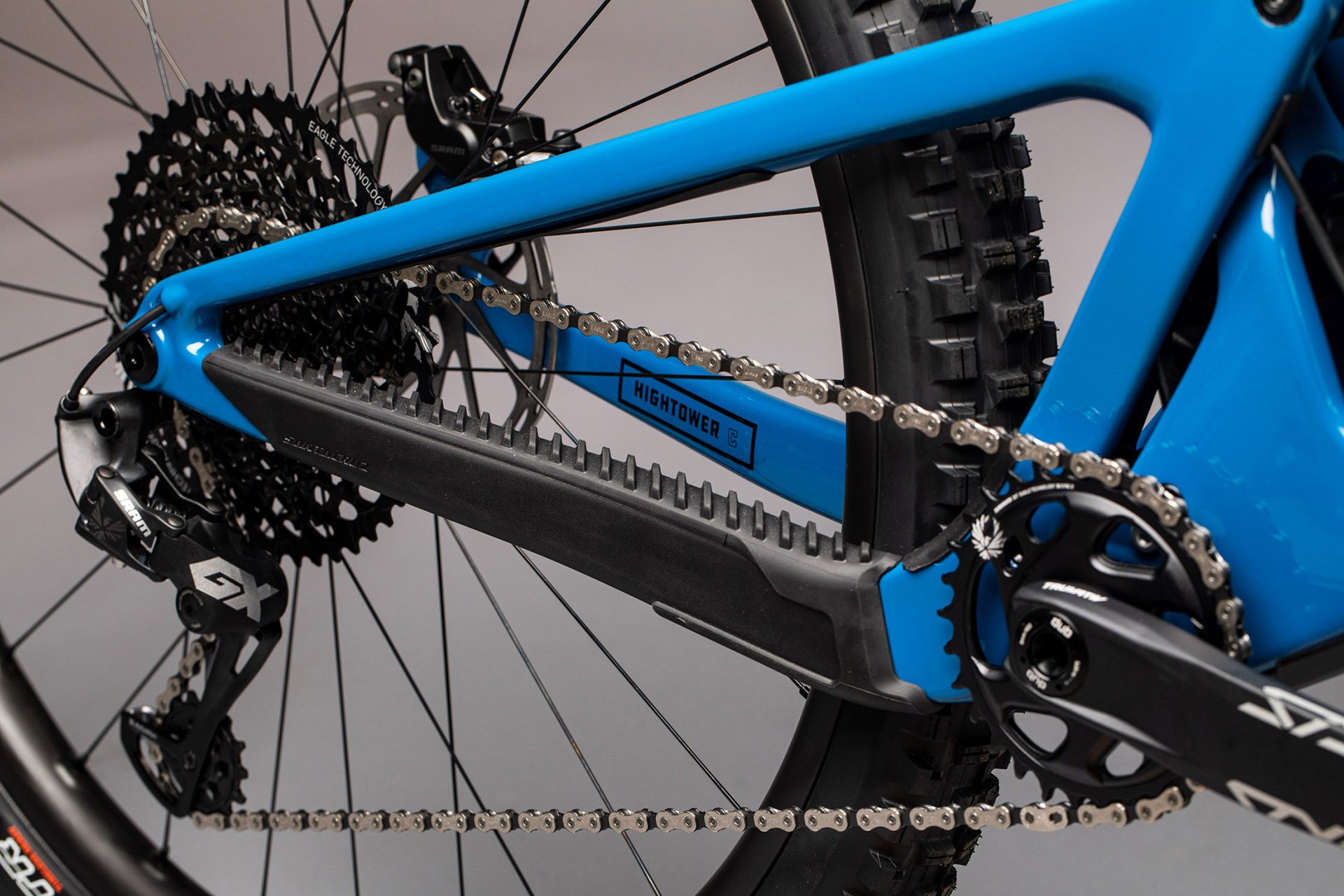
The Desert colour option is cool...
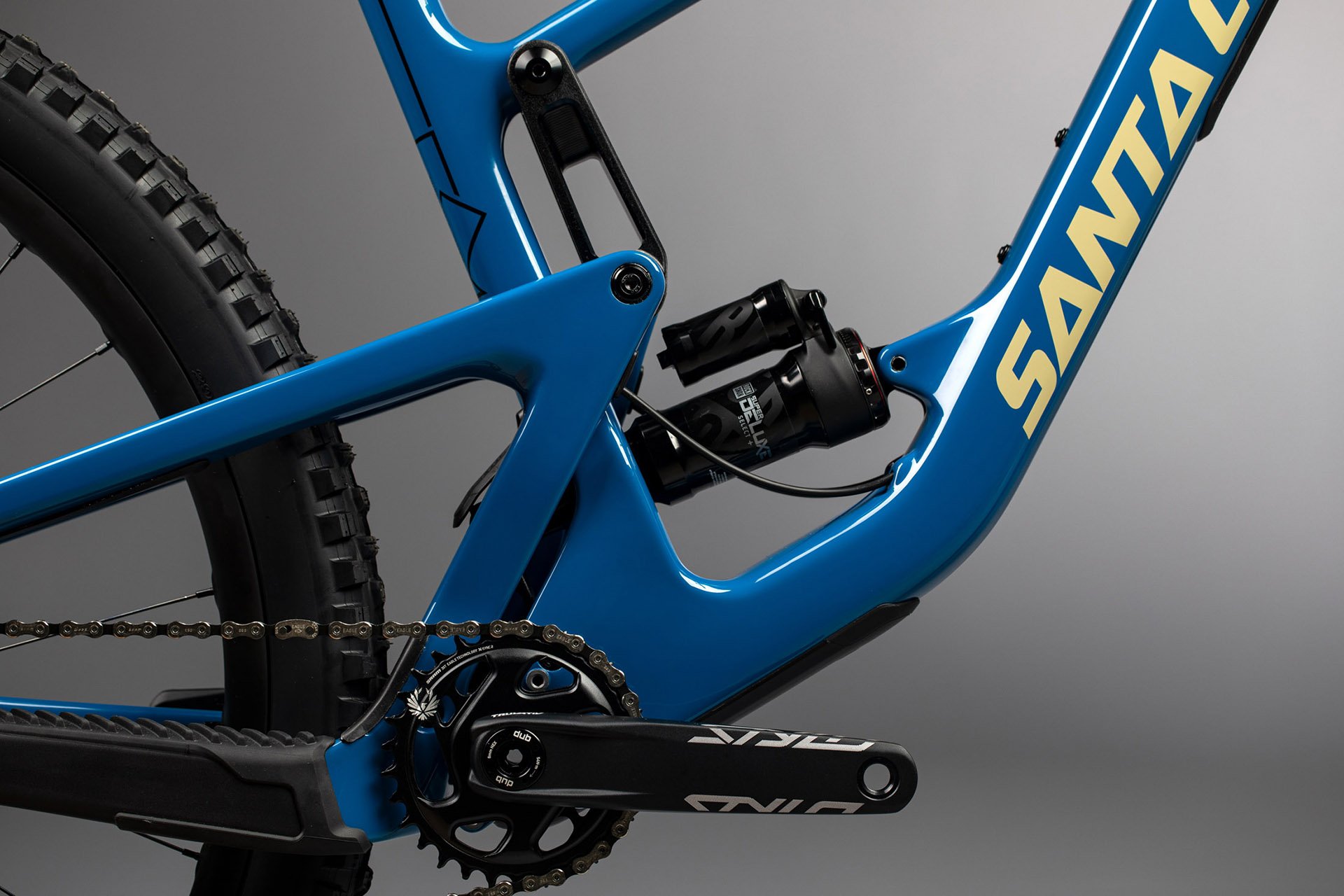
but given the choice...
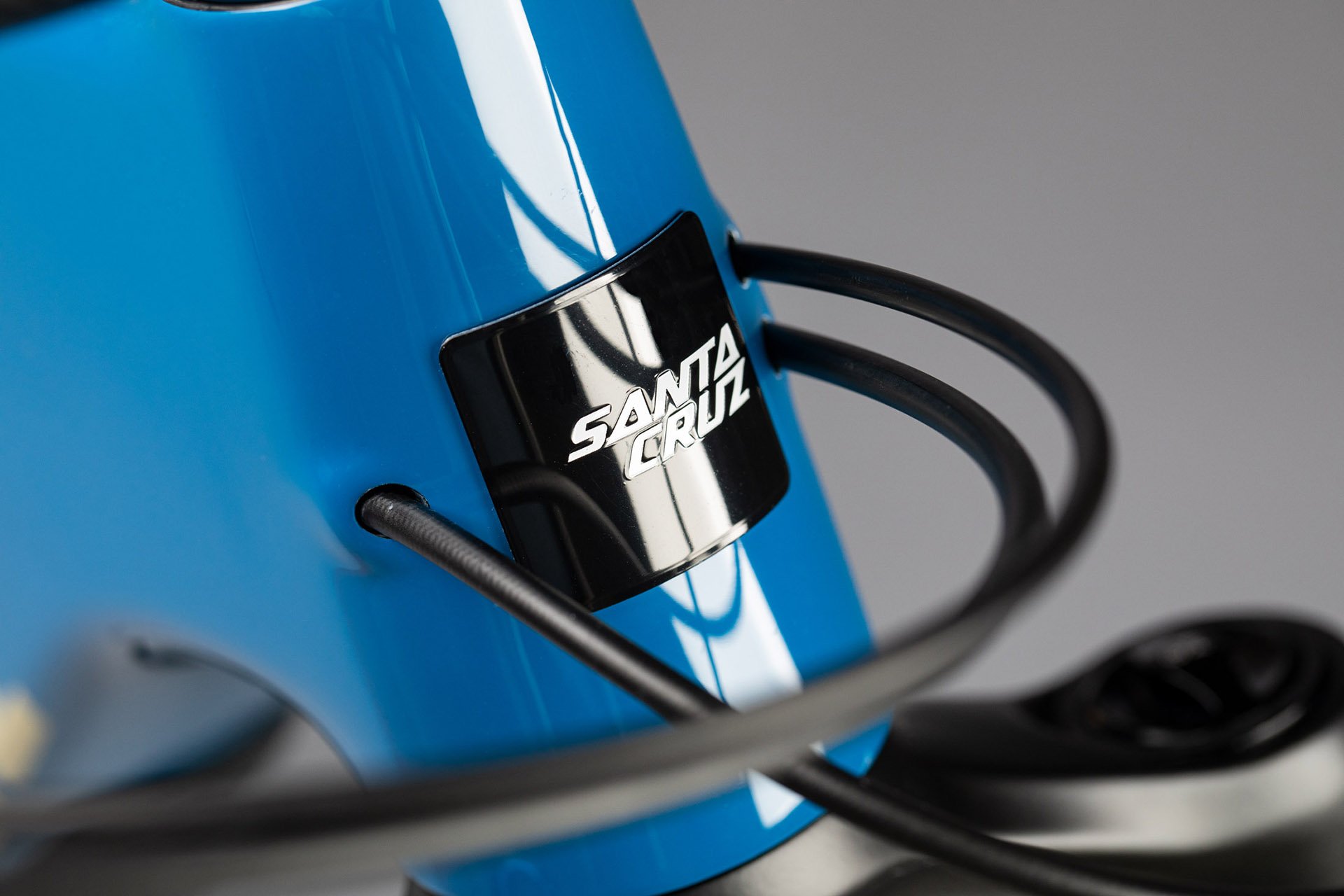
it would be Highland Blue for me.
Are there things you have learned from the MT and Bronson that allowed you to do even more with the HT?
The bikes all evolve together, so we learn about geo, suspension design, and also some frame design details on each project. I think the big thing for this project was taking the leverage curve from the MT and applying it to the HT.
If you could choose one place to ride the Hightower – where would you take it?
I haven’t travelled a ton for riding, but I really like the more natural terrain in the central Sierra Nevada mountains. There is a ride I love that has a bunch of classic Tahoe style terrain, and then you finish on a massive series of granite slabs. It’s a wide range of terrain and lot of climbing and I think it’s perfect for the Hightower.
Thanks for your time Eamon!
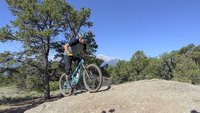
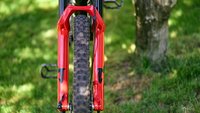

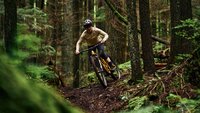

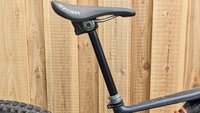

Comments
depeche4
4 years, 11 months ago
Great interview, looking forward to the new Tallboy in August to see if becomes the 120 bike. JVP, I agree,
the only bike I have ever owned that was almost too progressive for me was a Mondraker Foxy.
Reply
Kenny
4 years, 11 months ago
Agreed, I am super keen to see the new tallboy now given how SC has taken another step forward since the Bronson/megatower geometry wise.
28lb 120mm 29er with a 66 degree head angle and 77 seat tube angle? Yes please!
Reply
cyclotoine
4 years, 11 months ago
77? Only the small is 77.1 at a puny 90mm headtube height and the seat tube actual is quite slack on this bike. What does that mean at your saddle height? It means this seat tube is pretty slack. Almost certainly slacker than the transition sentinel I'm currently riding.
The transition smuggler is a 120mm, 66-degree head angle 29er that has been on the market for two years and its actual effective seat tube angle is steeper. Note: I believe transition reports effective ST angle at estimated saddle height for each size which is why it appears to get slacker quicker. Don't be deceived by geometry charts.
Reply
Vik Banerjee
4 years, 11 months ago
Sounds like a great job. I am jealous. :)
Reply
JVP
4 years, 11 months ago
I'll start of saying I'm not ragging on this bike. Haven't ridden it, and I know SC makes great bikes. But... interesting what he says about progressiveness. IMO there are very few bikes out there that are too progressive Almost all bikes aren't progressive enough for my taste. Many of "us" are running max spacers.
I really wonder where this comes from. Maybe the old '90's adage that you need to use all your travel every ride is still alive (it's just so wrong). Maybe at 200lbs kitted up, and riding hard, I'm way outside the cycling bell curve. Maybe we're in a bubble up here in Cascadia where our trails are challenging, and our mellow riders = everywhere else's experts. That said, even the local bike brands, which are known for rowdy bikes, aren't exactly overly progressive.
I understand that bike design is a series of compromises, but it's just weird that most bikes are so far in this one direction. Cam, AJ, Drew, Tim, Pete & co, when was the last time you tested a bike that you though was too progressive?
Reply
Vik Banerjee
4 years, 11 months ago
I have friends on last generation YT bikes and they lean towards too progressive for some people when running air shocks.
Reply
Cam McRae
4 years, 11 months ago
Can you tell us your personal spec JVP? Being on the lighter end of the scale I fell like I have less trouble with this. Certainly also terrain dependent as you mention but this is an interesting point.
Reply
JVP
4 years, 11 months ago
I’d love to hear from a frame designer why they don’t go more progressive on more frames, I’m sure there’s a good reason. Is the average consumer more OK with bottoming hard than they are with using less than max travel? Is there a pedaling tradeoff? Carbon frames are so strong these days I’d guess bottoming hard isn’t a problem like it used to be.
I love my current bike, 2017 Transition Patrol with the Super Deluxe Avalanched, and it works great with 3 or 4 spacers in it. But every fully I’ve ever owned, except a Devinci Spartan from a few years ago, needed close to max spacers. The Devinci only needed 1-2, and it felt wonderfully bottomless. All my (admittedly crappy) DH bikes bottomed somewhat easily running coils.
I break shit all the time, so it could be just me being a mega-hack. But I’m not so sure. My smoother and smaller friends also always run spacers. That said, trying to make a single linkage work for a mellow 100 lb rider to a 220 lb pinner can’t be easy.
More just curiosity and some serious bike nerdery than anything. I’ve said it many times, bikes these days are so, so good.
Reply
Timer
4 years, 11 months ago
Maybe not a direct answer, but one of the reasons that bike designers often don't like very progressive linkages seems to be that progression is not great for shock damping circuits.
With strong progression, damping works differently at various points in the travel, which can feel inconsistent and make shock setup really hard.
Reply
JVP
4 years, 11 months ago
Makes some sense. Thinking about this more, wouldn't a progressive linkage put more consistent loads on the valving than stuffing them with spacers? OK, now I'm speculating way beyond my pay grade.
Reply
AJ Barlas
4 years, 11 months ago
Never, JVP, but I haven’t ridden everything by any means either. It is interesting though and from what I’ve read and learnt the last couple of years, mountain bikes could be quite progressive to support our large amount of sprung mass. Much more to learn though before I understand better.
Reply
AJ Barlas
4 years, 11 months ago
Chris Porter from our interview on the G1. Certainly something that would be great to bite into some more. https://nsmb.com/articles/chris-porter-geometronnicolai-g1-story/
“But a bicycle has some other pretty specific requirements too. It needs a very progressive damping and spring system, which reflects the fact that the bicycle itself has virtually no sprung mass and that the rider being mobile can act like a sprung mass on each end of the bike, independently and completely un-load independently…”
Reply
Jerry Willows
4 years, 11 months ago
it doesn't help when lots of shock manufacturers believe in "digressive valving". It's taking the bike industry years and years to sort of figure out geometry for 2 triangles so I'm not too optimistic they can figure out suspension anytime soon.
Reply
John Rodriguez
4 years, 11 months ago
What changed after the first iteration of the new Bronson mentioned in the article? Shock tune?
Reply
Fahzure
4 years, 11 months ago
The G1with an EXT Storia is an awesome bike. Coil spring with "progressivity" from a hydraulic bottom out.
Reply
Please log in to leave a comment.